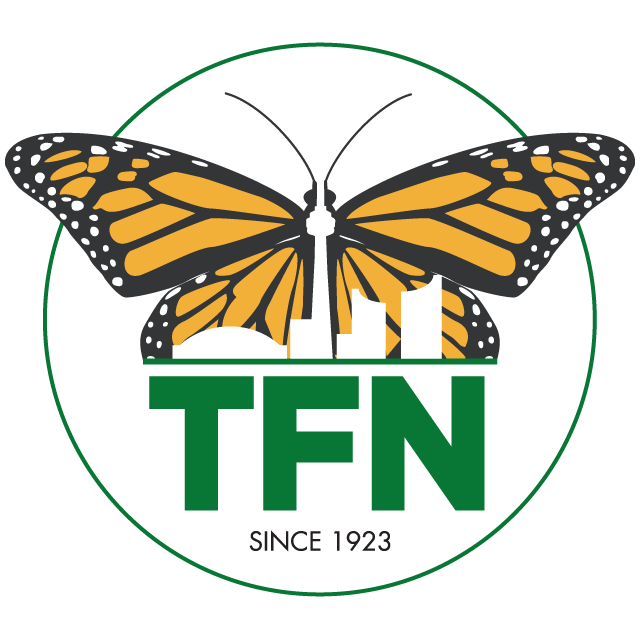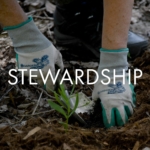
TFN's Jim Baillie Reserve, 2018 (TFN Archives)
Toronto Field Naturalists wishes to acknowledge this Land through which we walk. For thousands of years, the Land has been shared by the Wendat, the Haudenosaunee, and the Anishinaabe. Toronto is situated on the Land within the Toronto Purchase, Treaty 13, the traditional and treaty Lands of the Mississaugas of the Credit First Nation. This territory is also part of the Dish with One Spoon Wampum, a covenant agreement between Anishinaabeg, Haudenosaunee, Wendat peoples and allied nations to peaceably share the land and all its resources. Today, the Land is home to peoples of numerous nations. We are all grateful to have the opportunity to continue to care for and share the beauty of this Land.









